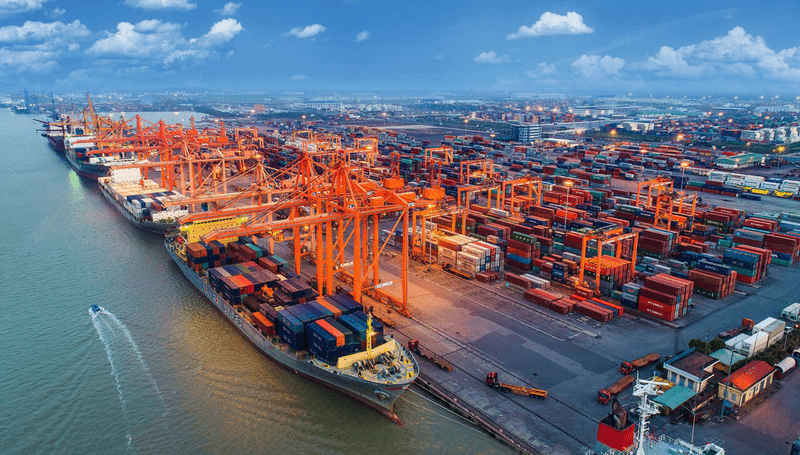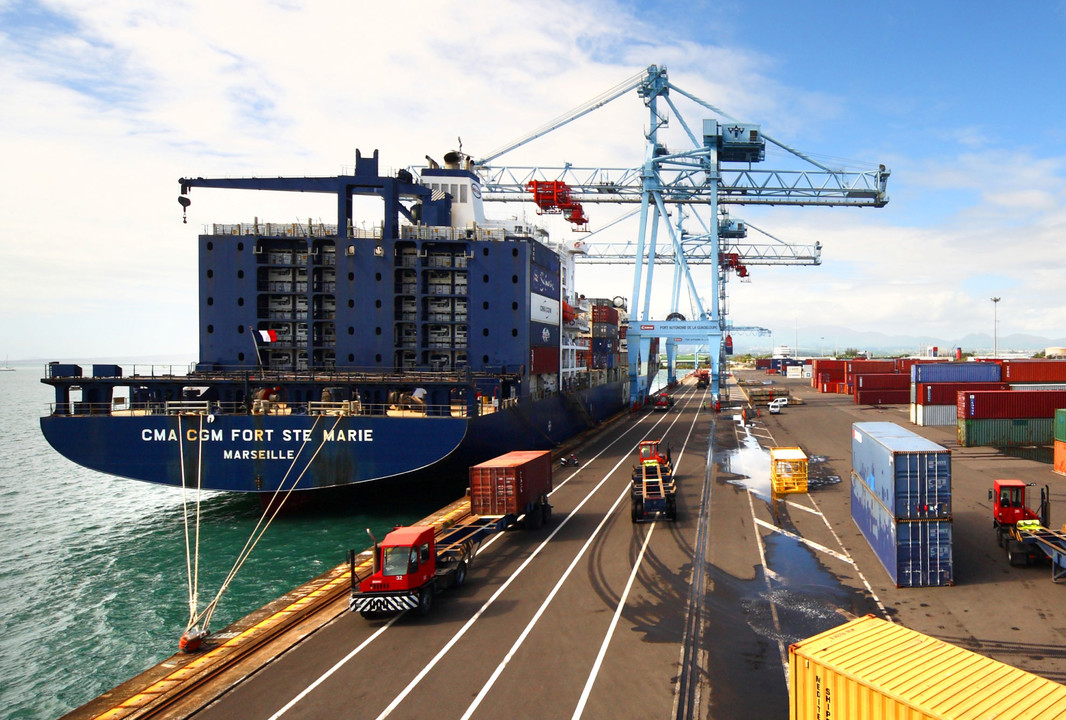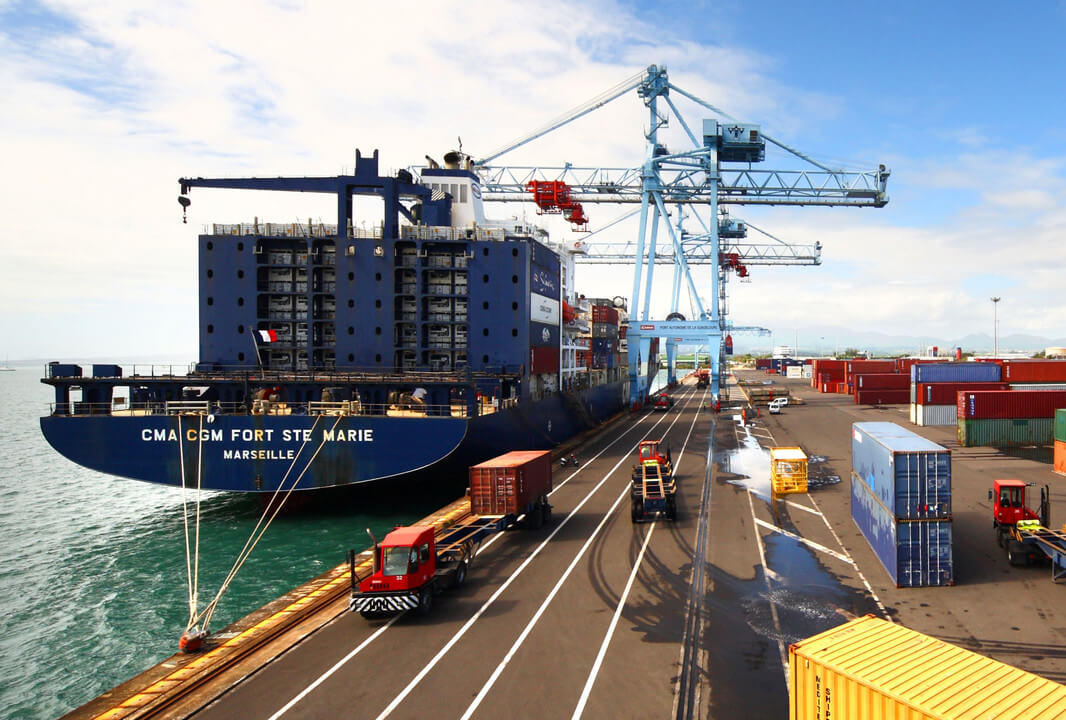

Global Port Performance: November


Global Port Performance: October


How Long Does It Take to Ship Cargo from Mundra to Savannah?


Global Port Performance: September
Global Port Congestion

XL Port Congestion [10M+ TEU]

Large Port Congestion [4-10M TEU]

Medium Port Congestion [0.5-4M TEU]

Download the latest port congestion statistics
Port Congestion FAQs
Container port congestion occurs when a port's cargo and vessel handling capacity is exceeded, leading to delays in vessel berthing, loading, unloading, and processing containers. This can disrupt supply chains and increase shipping times and costs.
Port congestion can be caused by a variety of factors, including high cargo volumes, labor shortages, equipment failures, vessel bunching, adverse weather conditions, and disruptions in inland transportation. Global events, such as pandemics or geopolitical tensions, can also significantly impact port operations.
The port congestion data published here is calculated by combining average vessel anchor and berth times at nearly 100 of the worlds busiest container ports. Other metrics like the number of vessels in port or average container dwell times are also indicators of port congestion.
Yes, some ports are more prone to congestion due to their high traffic volumes, strategic importance, or limited infrastructure. The Ports of Los Angeles, Long Beach, Vancouver and Ningbo-Zhoushan are all examples of systemically congested ports.
Vessel dwell time refers to the total time spent by a vessel at a particular port. This includes time spent waiting to berth (anchor time), unloading and loading time.
By analyzing congestion statistics, supply chain planners can identify ports that are currently experiencing delays and adjust their logistics strategies accordingly. This might include rerouting shipments, selecting alternative ports, augmenting order timelines or adjusting delivery schedules to avoid congested areas.
The congestion data available on this page is published during the first week of each month. Subscribers receive the latest report directly in their inboxes.
